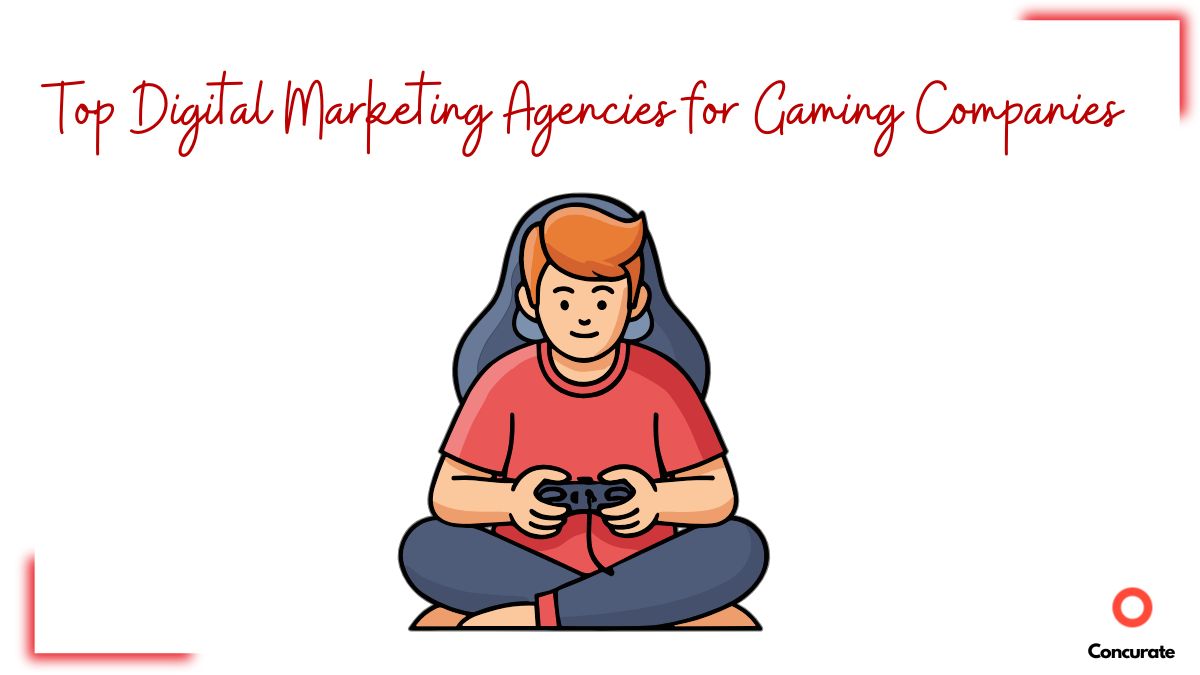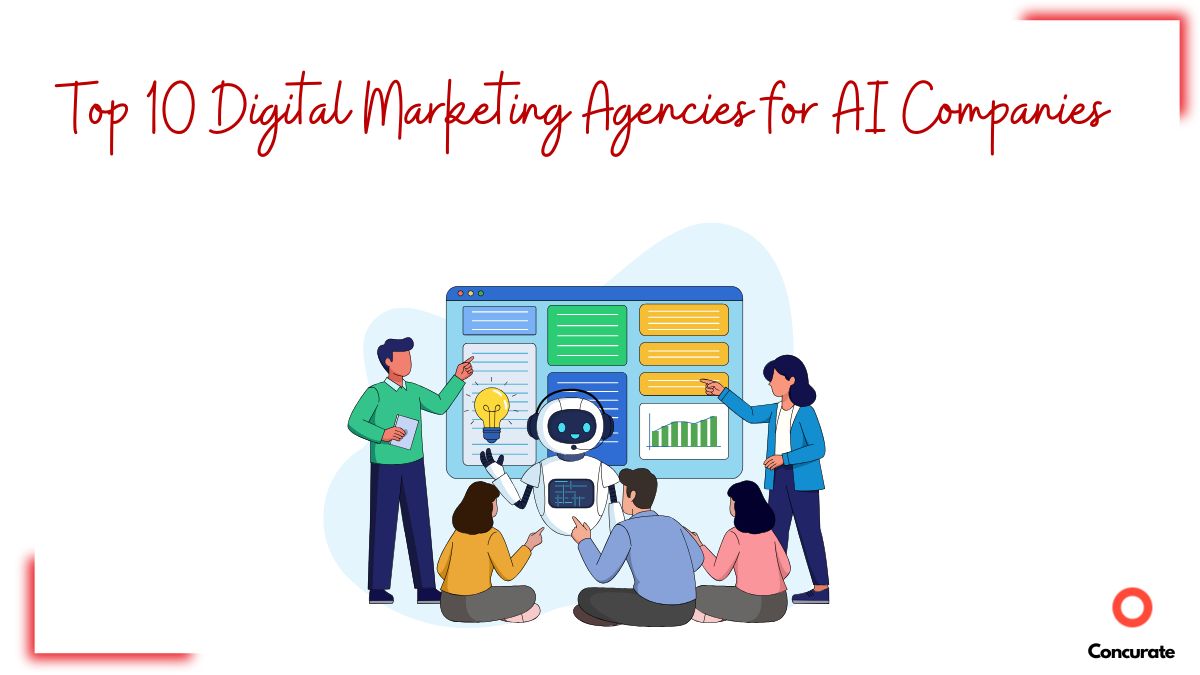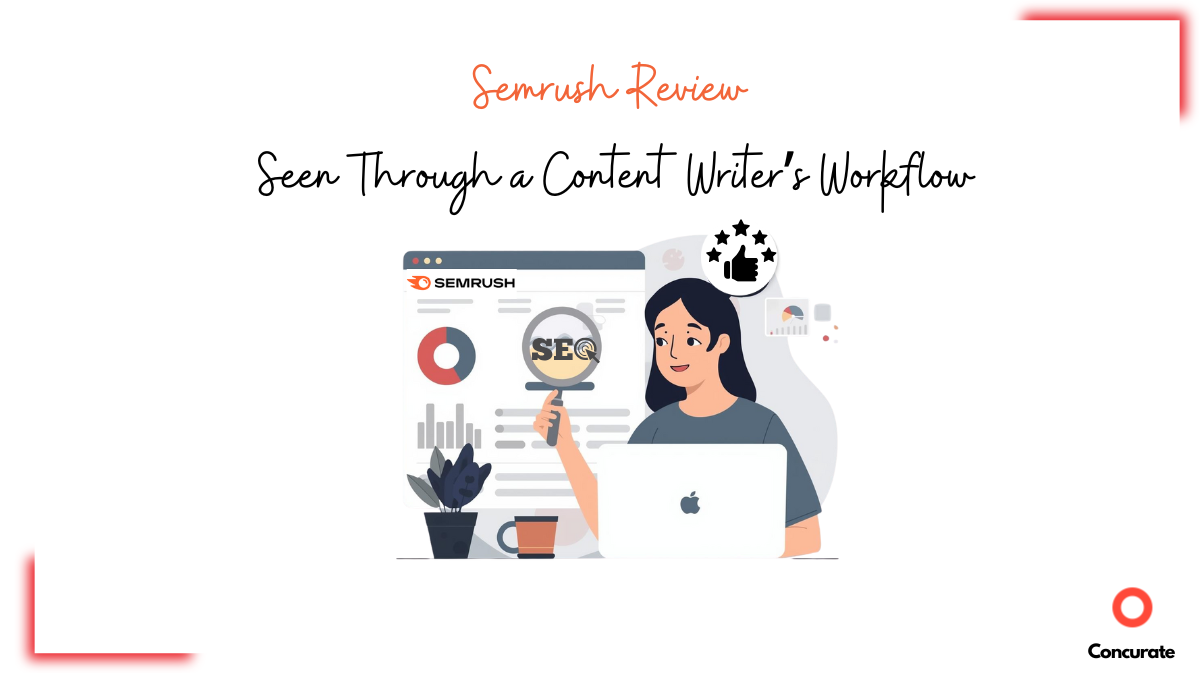14 Proven SaaS Content Plays That Quietly Drive Leads
There’s no shortage of advice on what type of content SaaS companies should be creating. Most of it sounds familiar, case studies, blog posts, webinars, the occasional viral video.
But a lot of these still miss the mark because they’re built for reach, not results, which is why so much B2B SaaS content quietly fails to move the pipeline forward.
Behind the scenes, there’s a quieter story playing out.
Some content doesn’t go viral. It doesn’t win awards. It might not even be something you brag about in a quarterly report. Yet, it works, consistently.
We asked 14 SaaS leaders one question:
What’s the most underestimated type of content that’s actually driven leads for your SaaS product?
The answers revealed a mix of surprising formats, overlooked strategies, and unconventional plays, each with real-world results you can borrow.
1. Show, Don’t Tell: The Power of Demonstrations
For some SaaS leaders, the quickest way to get a prospect on board isn’t with a perfectly designed case study or a 20-slide deck. It’s simply letting them see the product in action.
James Rigby, Founder of Design Cloud, learned this early. “People are busy and want to see a product in action, quickly, clearly, and without having to read through pages of text.”
His short, focused demo videos show exactly how the product integrates into workflows and solves pain points, no filler, no fluff.
It’s a philosophy that resonates with Ryan T. Murphy, Sales Operations Manager at Upfront Operations, who believes in showing the work, not just the results. “After helping 32 companies scale their revenue operations, the most underestimated content type is process breakdown videos, specifically showing your actual CRM workflows, automation sequences, and data cleanup methods in real-time screen recordings.”
For him, even raw, unpolished recordings of real processes have outperformed polished marketing material because they feel authentic and actionable.
When buyers can see your expertise in motion, the trust barrier drops and so does the time to close.
2. Process Breakdowns That Build Trust
Some content wins leads not because it’s flashy, but because it’s brutally specific.
Anupa Rongala, CEO of Invensis Technologies, has seen how detailed storytelling creates credibility. “These aren’t generic success stories but step-by-step narratives showing how a specific bottleneck was identified, the exact strategies applied, and measurable outcomes achieved.”
By walking prospects through every stage of the solution, she finds they naturally see themselves in the story.
Ryan T. Murphy approaches it the same way. “When you show the real work instead of just the shiny outcomes, decision-makers realize you’re not just another consultant with templated solutions.”
His process videos prove the capability to handle complexity, which makes them convert at a higher rate than before-and-after summaries ever could.
When prospects get a window into how you think and execute, you’re not just another vendor, you’re the partner who can get them unstuck.
3. Transformation Stories With Measurable Impact
Case studies are everywhere, but true transformation stories are rare.
Arvind Rongala, CEO of Edstellar, has found that deep, contextual success stories win attention where feature pages fail. “The key is to focus less on the brand and more on the journey, metrics, and human impact, making the content feel like a peer-to-peer recommendation rather than a sales pitch.”
It’s not about product promotion, it’s about showing the journey from challenge to result in a way that feels personal.
For Dr. Chad Walding, Co-Founder of NativePath, live webinars add another dimension. He recalls a session with a health coach who had tripled her clientele in six months using their tools. “Individuals went home having received a play book that they could begin to implement immediately.” The result? 1,200 sign-ups, 480 live attendees, and a 30% conversion rate in two weeks.
When prospects can see measurable results and feel like they could achieve them too, conversion becomes a natural next step.
4. Unpolished, Behind-the-Scenes Transparency
Most SaaS marketing hides the mess. Maria Matarelli, CEO of Formula Ink, thinks that’s a mistake.
She’s seen remarkable results from simply sharing raw footage from sprint reviews and feedback sessions. “Prospects aren’t just buying your software, they’re buying into your team’s ability to solve their future problems. Seeing you listen to a real user and adapt the product in real-time is more powerful than any curated case study.”
To her, it’s proof of agility, not imperfection and it’s the kind of content that builds trust faster than a polished brand video.
Sometimes the best lead driver is letting people see not just the product you’ve built, but the way you build it.
5. The Quiet Power of Consistent, Targeted Blogging
While others chase trends, Seth Newman, Vice President of SportingSmiles, swears by the compounding power of regular, strategic blogging. “Consistency and quality matter more than format, we maintained a regular publishing schedule with deeply researched content that genuinely helped our prospects solve problems before they ever needed our solution.”
Over time, this approach has turned their blog into a steady source of relevant traffic and warm leads, proving that playing the long game still pays off.
If you want a breakdown of how to structure it so it actually drives signups, this guide to SaaS content writing for leads walks through the exact approach.
6. Late-Stage, High-Intent Content That Converts
When a buyer is already deep in the decision process, the right piece of content can seal the deal.
Aimie Ye, Head of Marketing at Centime, calls competitive “alternatives” listicles one of her best-performing assets. “They don’t look flashy, and they’re not thought-leadership pieces you brag about at conferences, but they meet buyers at a high-intent moment: they’ve already decided the category is right, and they’re actively comparing solutions.”
If you want to see how different SaaS growth stages can approach this kind of content, this B2B SaaS Content Marketing Strategy for Growth Stages guide breaks it down with actionable examples.
Vikrant Bhalodia, Head of Marketing at WeblineIndia, takes a similar approach with detailed side-by-side comparisons, even when it means showing where a competitor is stronger.
“Most shy away from this. The fear is that you’ll lose the sale by showing the strengths of others. But when we started doing it, something different happened: trust went up. Prospects told us they appreciated knowing the trade-offs before getting into a sales call.”
When you meet buyers in the moment of decision with clear, honest comparisons, you don’t just win sales, you win trust.
7. Procurement & Compliance Enablers
For enterprise SaaS, one of the biggest lead blockers isn’t marketing, it’s procurement.
Paul Bichsel, CEO of SuccessCX, tackled this head-on. “That single page drove 27% of quarter demos and cut sales cycles by 18% because legal and IT had fewer blockers.” The page he’s talking about? A simple, detailed FAQ covering InfoSec, compliance, pricing, SLAs, and more, plus a ready-to-use RFP template.
Sometimes winning the deal means making life easier for the buying committee, not just the end user.
8. Owning the Niche With How-To Guides
When it comes to search, broad topics bring traffic, but niche topics bring buyers.
Hillel Zafir, CEO of incentX, knows this well. “We wrote one on structuring complex rebate programs, something only our ideal buyers care about. It ranked fast, drew steady organic traffic, and directly led to demo request”
Girish Manglani, CEO of ezcards.io, doubled down with a runbook-style playbook: “Write it like a runbook, ship working templates, place CTAs at the value unlock, and update it quarterly.” His approach turned a highly specific integration guide into one of their top conversion assets.
Specificity wins, especially when the content solves an urgent, high-intent problem.
9. Highly Technical, Data-Driven Authority Pieces
Finally, some content thrives by going deep into the weeds.
Michael Gargiulo, CEO of VPN.com, has no problem trading mass appeal for lead quality. “It’s often overlooked because marketers focus on high-volume keywords and general blog posts, fearing this type of content is too dense or “boring.”….Lead quality over traffic volume. Create content that answers your ideal customer’s toughest, most specific questions to build trust and directly drive sales.”
Xi He, CEO of BoostVision, shares the same view. “This kind of content is overlooked due to the fact that it’s more difficult to produce and has a “too niche” tone to it but the leads generated by it are very qualified and apt to buy.”
For the right audience, a dense, data-heavy piece isn’t a hurdle, it’s a signal that you’re the expert they’ve been searching for.
Action List for Hidden Lead Machines
- Film a quick product demo or a raw process breakdown.
- Publish an honest, step-by-step case study.
- Turn a customer success into a transformation story.
- Share behind-the-scenes moments, imperfections included.
- Commit to a blogging cadence that solves real problems.
- Build comparison content for buyers in decision mode.
- Write procurement-friendly FAQs and RFP templates.
- Create deep-dive guides with working templates.
- Publish technical, data-heavy reports for niche audiences.
Each Friday, we share what’s working, with tested insights, content experiments, and fresh strategies, in a newsletter built for SaaS marketers.
Want to stay ahead? Fill the form below to subscribe.
Before You Leave This Page
Every leader here has a different “hidden lead machine.” Some are as simple as a single FAQ page. Others are as involved as a fully fledged integration playbook.
What they all share is focus. They’re built for a specific buyer, in a specific moment, solving a specific problem.
You won’t always see these content types trending on LinkedIn or celebrated at marketing awards. But they’re quietly doing the work by building trust, shortening sales cycles, and closing deals.
If you’re wondering which of these would work best for your SaaS, that’s exactly what we help companies figure out at Concurate. We’ve built content strategies like these for SaaS brands that wanted results, not just reach.
Book a strategy call with Concurate and uncover the content you didn’t know was your biggest lead driver, then turn it into a growth engine that works 24/7.







